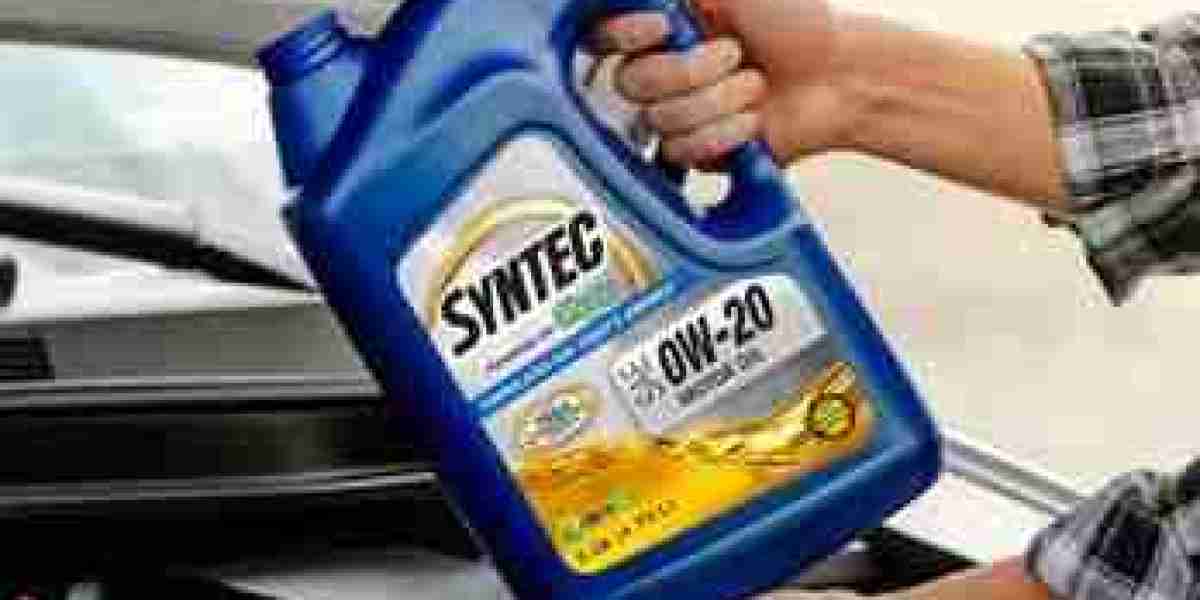تلاش کریں۔
مقبول پوسٹس
-
 Купить диплом специалиста.
کی طرف سے Chana Dexter
Купить диплом специалиста.
کی طرف سے Chana Dexter -
 Купить диплом о высшем образовании с занесением в реестр.
کی طرف سے Reynaldo Kaler
Купить диплом о высшем образовании с занесением в реестр.
کی طرف سے Reynaldo Kaler -
 Купить свидетельство о заключении брака.
کی طرف سے Wanda Reece
Купить свидетельство о заключении брака.
کی طرف سے Wanda Reece -
 Купить диплом техникума с занесением в реестр отзывы.
کی طرف سے Joe Queale
Купить диплом техникума с занесением в реестр отзывы.
کی طرف سے Joe Queale -
 Купить аттестат за 9 класс.
کی طرف سے Milan Gaston
Купить аттестат за 9 класс.
کی طرف سے Milan Gaston










